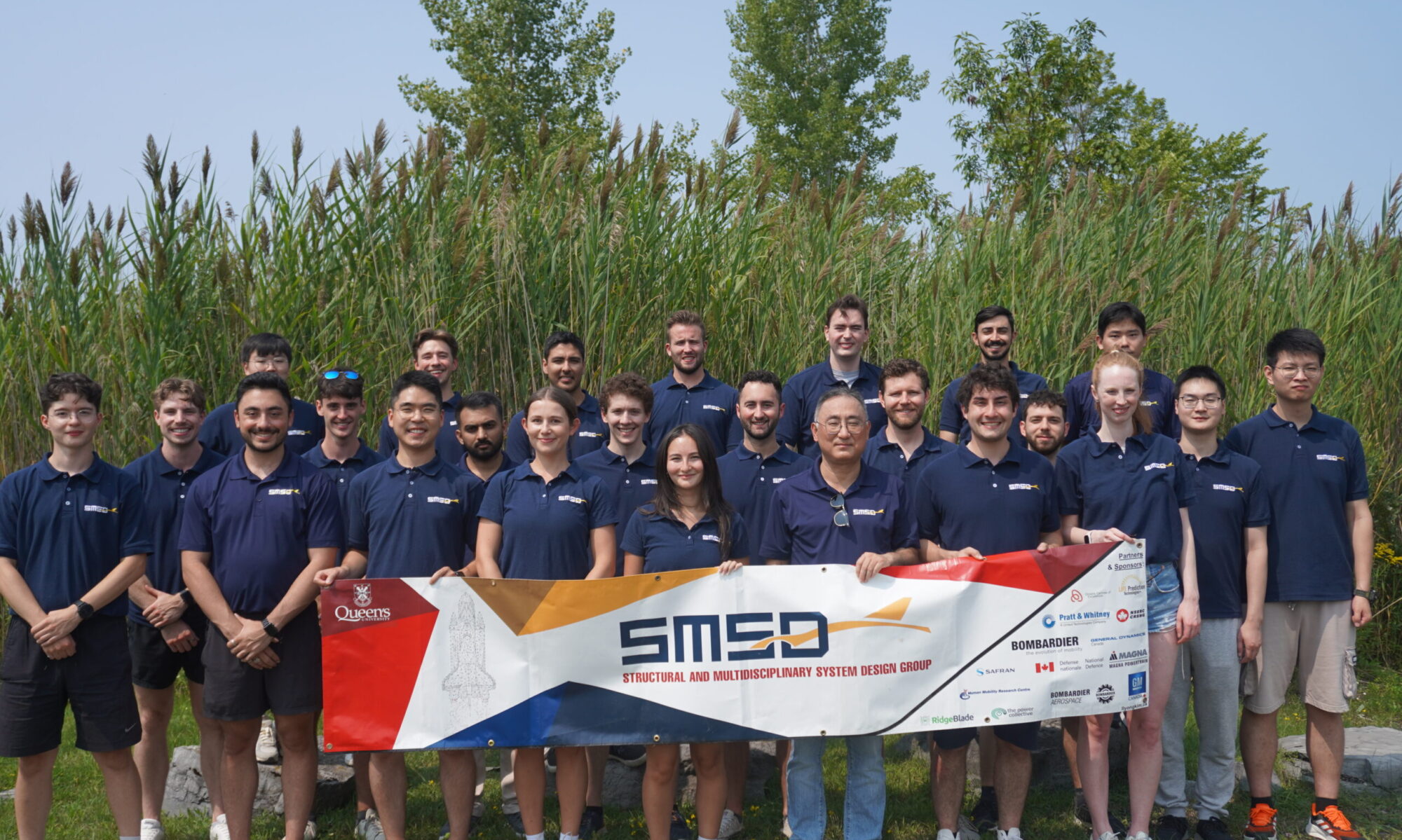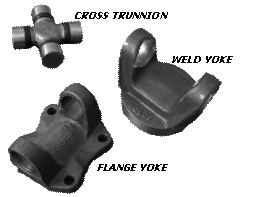
Introduction:
A universal joint is a linkage used to connect rotating shafts that are coplanar, but not coinciding. A universal joint is made up of three main components; two yokes and a cross trunnion. In the automotive industry, yokes are classifies by the methods with which they connect to other driveline components.
In the automotive industry, the cross trunnion in a universal joint is designed to fail at a pre-determined value to prevent further damage to more expensive driveline components. Despite careful calculation of the cross trunnion failure limit, little research has been performed on the optimization of the remaining components of the assembly; the yokes. This may result in unnecessarily heavy and costly parts.
When conducting design optimization of complex systems, two options exist: (1) to optimize each individual component separately, considering approximations on both boundary and loading conditions and (2) to optimize the entire assembly at once, using measurable boundary and loading conditions. Optimization of only individual components is computationally more efficient; however, approximations to boundary conditions and the necessity to exclude additional constraint functions make component-level optimization undesirable in many situations. This research considered a Universal Joint as a case study to emphasize the differences in results between component level optimization and assembly level optimization. The results show that although component level optimization requires less computational time, the Pareto frontier does not match that of the assembly level optimization, or true behaviour of the system.
Modeling:
The primary objective of this research was to consider the optimization of an automotive universal joint flange yoke and weld yoke separately, and in a complete assembly. In both phases Volume, Joint Angle and Manufacturing Cost were considered as objective functions, and von Mises stress and Strain Energy Density were used as constraints.
Modeling and simulation of the universal joint was conducted using the commercial Finite Element Analysis software, ANSYS v9.0. Since shape optimization requires systematic modification of part geometry, a robust and parametric model was constructed using a technique known as "bottom-up" modeling. For increased accuracy, all parts were meshed using well-shaped quadratic, quadrilateral elements (SOLID95). Gradient based optimization was conducted using MATLAB v7.0.
Boundary conditions applied during optimization were as follows: The Gencoz distribution was used to simulate the static loading delivered by the cross trunnion bearing to the yoke ears in this universal joint component level model. At the assembly level, an approximation of the contact forces between the bearing and yoke was developed to increase computational efficiency.
Three components are parametrically assembled to permit all joint and rotation angle combinations.
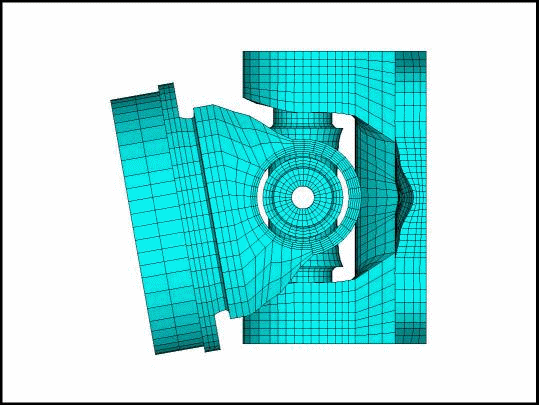
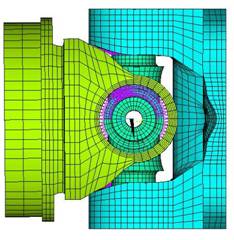
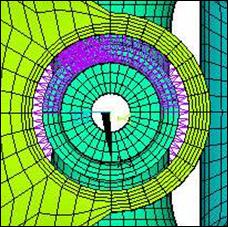
Results:
During all optimization phases, an improvement over the baseline design was achieved. Since the current design configurations of both the flange yoke and weld yoke do not lie on the Pareto frontier of optimal designs in either case, the original designs may therefore be considered over-designed. Furthermore, it was shown that the Pareto frontiers generated for component level optimization do not exactly match those generated for assembly level optimization. While these tradeoff curves indicate the same general trend - to achieve an increase in maximum joint angle requires a substantial and simultaneous increase in part volume, or mass - the absolute values of the anchor points and the overall shape of the curve are significantly different. Therefore, feasible optimum designs cannot be obtained from component level optimization alone; assembly level optimization is required to consider the interaction between components and keep designs within the feasible region.
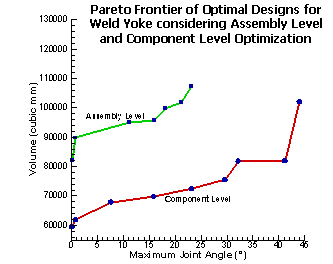
Publications:
This research has been presented at both national and international conferences, in addition to institutional seminars and discussions. Below is a listing of publications:
[1] Cristello, N. and Kim, I.Y., "Multi-Objective Shape Optimization of an Automotive Universal Joint," Proceedings of the Canadian Society for Mechanical Engineering, Kananaskis, Alberta, May 2006.
[2] Cristello, N. and Kim, I.Y., "Design Optimization of an Automotive Universal Joint Considering Manufacturing Cost," Proceedings of the 17th IASTED International Conference: Modeling and Simulation, Montreal, Quebec, pp. 499-504, May 24-26, 2006.
[3] Cristello, N. and Kim I.Y., "Design Optimization of an Automotive Universal Joint as an Assembly," Proceedings of the 11th AIAA/ISSMO Multidisciplinary Analysis and Optimization Conference, Portsmouth, VA, September 6-8, 2006.
